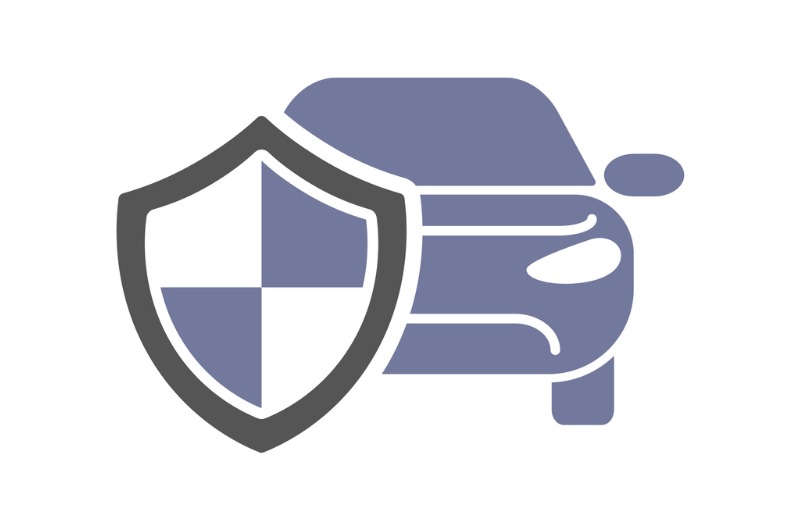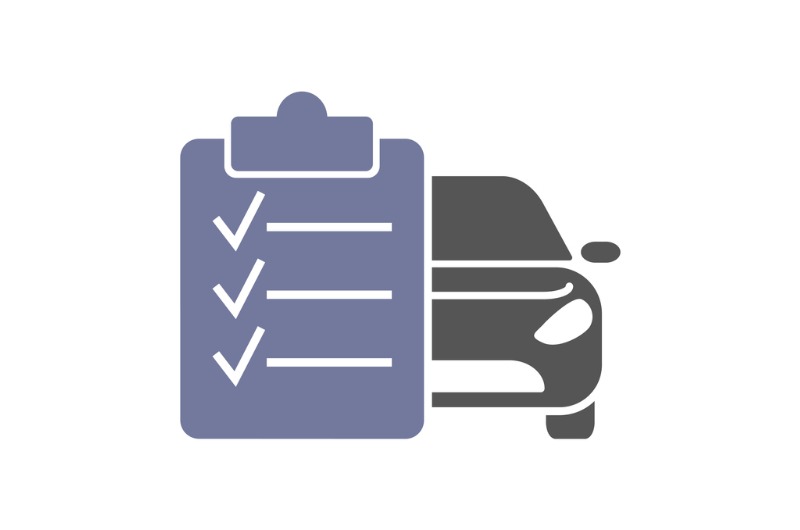Auto Insurance

States mandate certain levels of automobile insurance as a way to protect the car owner, as well as the general public, against extreme financial loss in case of an accident. If car insurance was not mandatory and a person experienced a serious accident, the people in the other car would have to incur medical and personal expenses to cover any injuries or harm to property.
By having automobile insurance, the person with the insurance that caused the accident would not be liable for the total amount of damages defined in the insurance policy. The insured person would be liable only for their deductible, which is the amount they have to pay before the insurance company makes the remaining payments.
Minimum insurance requirements vary from state to state. You can find your state’s minimum coverage requirements by checking its vehicle registry website.
Nearly every state requires car owners to carry the following auto liability coverage:
 |
Bodily Injury Liability This covers costs associated with injuries and death that you or another driver causes while driving your car.
Property Damage Liability This coverage will reimburse others for damage that you or another driver operating your car causes to another vehicle or other property, such as a fence, building, or utility pole. |
Additionally, many states require that you carry the following coverage:
|
|
When buying liability insurance, three numbers indicate coverage limits, in thousands of dollars... |
|
For example, 50/100/25 The first number indicates the maximum bodily injury liability for one person injured in an accident. The second number is the maximum bodily injury liability for all injuries in an accident. And the third number is the maximum property damage liability in an accident. |
| Personal Bodily Injury Liability This part of the insurance policy provides coverage for any medical bills, pain and suffering, or other medically necessary expenses resulting from a car accident. |
| Maximum Allowable Amount This is the total amount of monies an insurance company will pay for medical expenses per accident. |
|
Property Damage The total amount the auto insurance company will pay for damage to property per accident. This amount covers the damage to another person’s car and other property that was damaged in the accident. If the insured is found to be at fault for an accident, they would be responsible, through their insurance company, for the cost of damage repair. |
{beginAccordion h3}
Additional Types of Coverage
Uninsured and Underinsured Motorist Coverage
According to an Insurance Research Council study, if someone is injured in an auto accident, the chances are about one in seven that the at-fault driver is uninsured. Uninsured motorist coverage will reimburse the policyholder or a designated driver if hit by an uninsured or a hit-and-run driver. Underinsured motorist coverage comes into play when an at-fault driver has insufficient insurance to pay for the other driver’s total loss. This coverage will also protect a policyholder who is hit while a pedestrian.
Collision
This coverage pays for damage to the policyholder’s car resulting from a collision with another car, object, or as a result of flipping over. It also covers damage caused by potholes. Even if the policyholder is at fault for an accident, collision coverage will reimburse them for the costs of repairing the car minus the deductible. If the policyholder is not at fault, the insurance company may try to recover the amount it paid from the other driver’s insurance company. If the company is successful, the policyholder will also be reimbursed for the deductible.
Comprehensive
This coverage reimburses for loss due to theft or damage caused by something other than a collision with another car or object, such as fire, falling objects, missiles, explosions, earthquakes, windstorms, hail, flood, vandalism, and riots, or contact with animals such as birds or deer. Comprehensive insurance may also reimburse the policyholder if a windshield is cracked or shattered. States do not require collision or comprehensive coverage, but lenders may insist borrowers carry it until a car loan is paid off.
Towing and Rental Coverage
A vehicle is a combination of mechanical, electrical, and rubber parts. Things can go wrong at any time, and they are not always in your power to prevent. However, being prepared for those events is in your power if you add towing and rental coverage to your insurance. If you opt for this coverage, keep handy important phone numbers, so you have them ready should you ever need to use them.
Guaranteed Asset Protection (GAP)
GAP will help cover the difference between your primary insurance settlement and the balance you still owe on your loan if your vehicle is stolen or totaled in an accident. It is not intended to replace your automobile insurance. It does not provide bodily injury, property damage, liability, or collision insurance, and it does not comply with any financial responsibility or any other law mandating motor vehicle insurance. You are not obligated to purchase the GAP the dealership offers; shop around for GAP coverage.
Evaluating Insurance Companies
Choosing the right coverage is just the first step.
While price and coverage may be deciding factors when you purchase auto insurance, it’s worth considering the reputation and financial stability of prospective insurance providers as well. First, double-check that an insurer is licensed in your state by visiting the website of your state’s insurance division—where you can also review information about consumer complaints filed against insurance companies. In addition, you can check review websites and talk to friends about their experiences with insurers.
Finally, take a few minutes to make sure prospective insurers are in good financial standing. Financial rating agencies will provide this information. Five independent agencies—A.M. Best, Fitch, Kroll Bond Rating Agency (KBRA), Moody’s, and Standard & Poor’s—rate the financial strength of insurance companies. Each has its own rating scale, rating standards, own population of rated companies, and its own distribution of companies across its scale. Each agency uses numbers or plusses and minuses to indicate minor variations in rating from another rating class.
{endAccordion}
Additional Learning Resources
Guide to Insurance BasicsThe Consumer Action Center's Guide to Insurance Basics has more information on determining what kinds of coverage you may need and how much. Guide to Insurance Basics |
Shopping for InsuranceLearn more about the different types of insurance and how to shop for plans with this interactive course from USSFCU's Best Life Learning Center. Shopping for Insurance |
Insurance Information InstituteHow to save money on car insurance and other helpful information from Triple-I, one of the leading sources for unbiased insurance information. www.iii.org |
The content on this page provides general consumer information. It is not legal advice or regulatory guidance. We do not endorse or guarantee the accuracy of third-party information.


